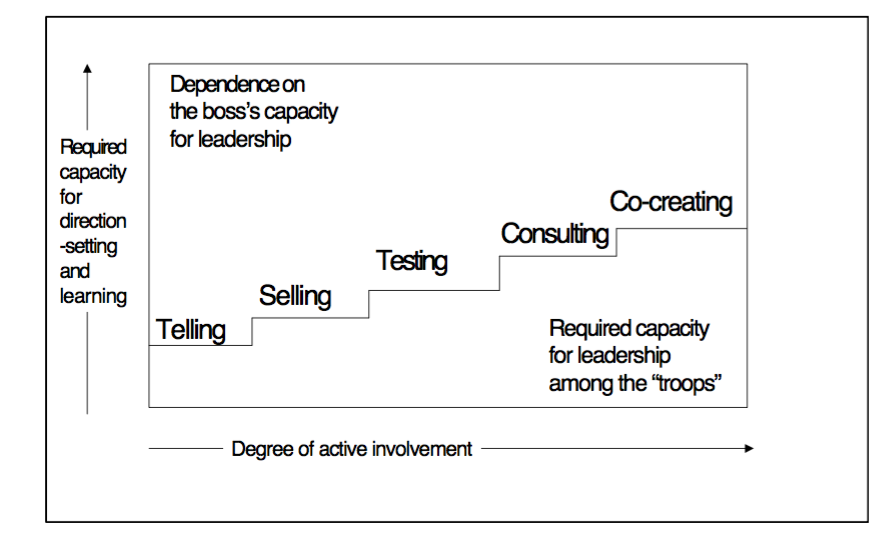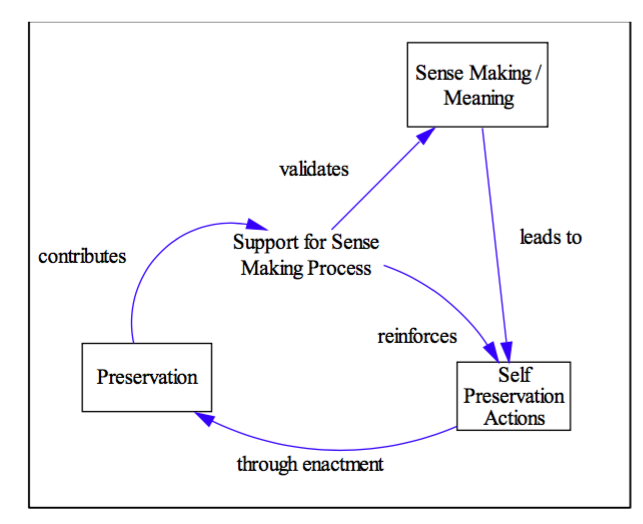When we view an organisation as a system for sense-making, we can see how power can be used not only as a tool to get things done in a particular way, but also as a tool that affects the sense-making process of the rest of the organisation.
Brown says “power is most strategically deployed in the design and implementations of frameworks within which the very meaning of such actions as ‘making decisions’ is defined”. From this we can say that at many organisations the ways of making sense of the organisation, by the employees, is in fact being influenced by the power relationships they have within the organisation.
Morgan, Frost and Pondy point out that individuals realise their reality (make sense) by reading into their situation patterns of significant meaning. In many organisations we can see the Managing Director question the validity of the results by comparing them to measurements which have significant meaning to him/her. The results may point to measures such as morale, language and other “softer” issues whereas the Managing Director’s measurements that have meaning to him may be things like profits, share price and budget constraints.
Senge talks about creating a shared vision for an organisation. He sets out to define some starting point for the creation of a shared vision, believing that you need to move from one stage to the next; from “telling” people what the vision is to ultimately get to a point where the shared vision is “co-created”.

If we liken this process of creating a shared vision to creating meaning or sense making within organisations then we have a diagnostic tool with which to evaluate the process of sense making that may occur in an organisation. On this scale, many organisations are in the telling phase of the process. Senge cautions us that if an organisation does not have a formal approach to the shared vision process, then the organisation will tend to go the path of least resistance, falling back into the “telling” phase with a ever increasingly authoritarian boss.
Stacey proposes an autopoietic system that consists of components whose behaviour is formed by the system’s organisation or identity. The main purpose of this system is to maintain its own identity. Any changes in such a system is in essence a disintegration and rearrangement of the way the organisation was structured. If an organisation is viewed as such an autopoietic system, then some of the actions that the management team takes seem completely justifiable. The “bashing” of merging organisation’s cultures into their mould is but one example of such a possible action.
This leads us to view the sense making process as a reinforcing cycle.

The final post in this series is Conclusion – The Secret Organisation. It tries to bring all 4 concepts viz. Leadership Style, Language, Power Relationships and Sense Making together in a model that could explain why so many organisational initiatives fail even though the whole organisation wanted the change.
